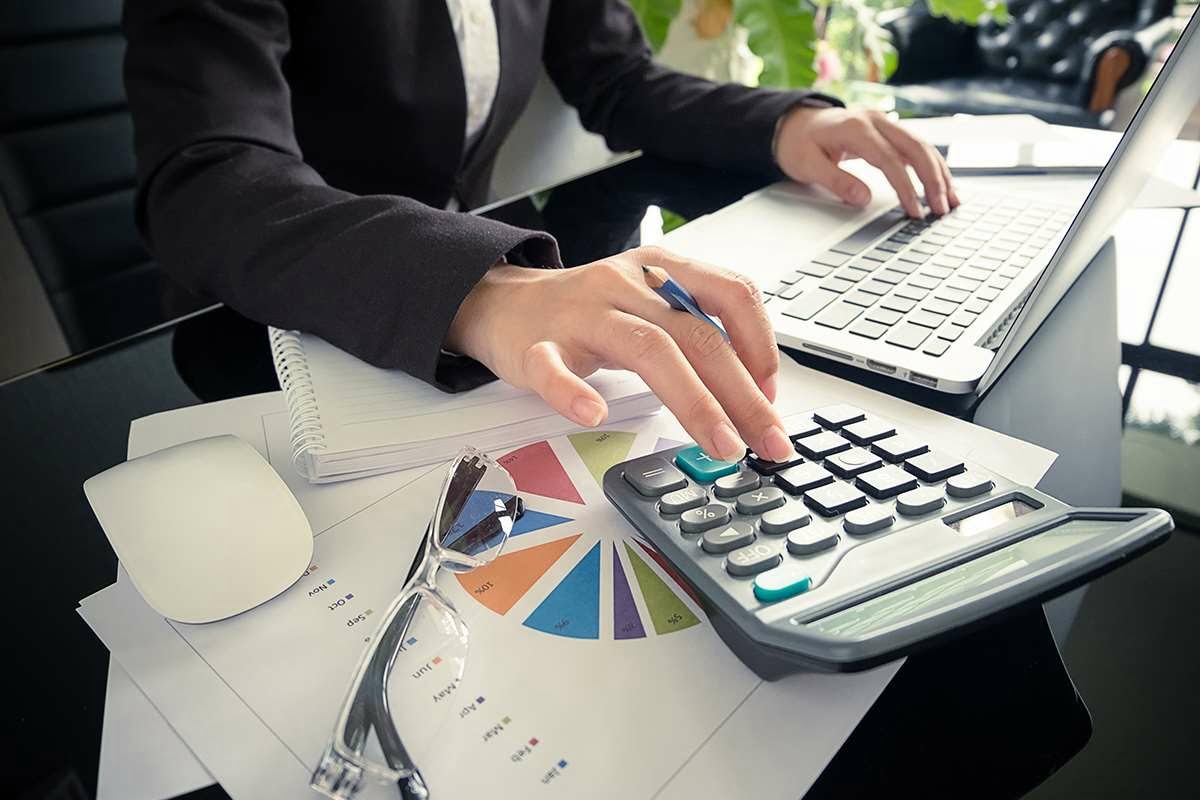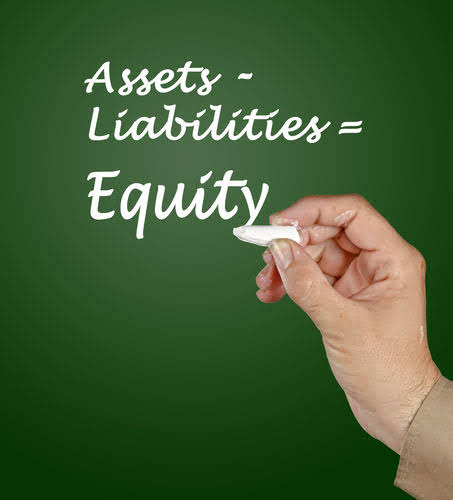Double-Declining Balance Depreciation Method

It’s calculated by deducting the accumulated depreciation from the cost of the fixed asset. Companies will typically keep two sets of books (two sets of financial statements) – one for tax filings, and one for investors. Companies can (and do) use different depreciation methods for each set of books.
What is the Double Declining Balance Depreciation Method
Double declining balance depreciation allows for higher depreciation expenses in early years and lower expenses as an asset nears the end of its life. The double declining balance depreciation method is one way to account for the useful life of assets and we are going to explain and demonstrate how it works. Various software tools and online calculators can simplify the process of calculating DDB depreciation.
Definition of Double Declining Balance Method of Depreciation
Increase your desired income on your desired schedule by using Taxfyle’s platform to pick up tax filing, consultation, and bookkeeping jobs. The theory is that certain assets experience most of their usage, and lose most of their value, shortly after being acquired rather than evenly over a longer period of time. This method takes most of the depreciation charges upfront, in the early years, lowering profits on the income statement sooner rather than later. The cost of the truck including taxes, title, license, and delivery is $28,000. Because of the high number of miles you expect to put on the truck, you estimate its useful life at five years. Remember, in straight line depreciation, salvage value is subtracted from the original cost.
Calculating Depreciation Expense Using DDB
A double-declining balance method is a form of an accelerated depreciation method in which the asset value is depreciated at twice the rate it is done in the straight-line method. Since the depreciation is done at a faster rate (twice, to be precise) than the straight-line method, it is called accelerated depreciation. An asset’s estimated useful life is a key https://www.bookstime.com/ factor in determining its depreciation schedule. In the DDB method, the shorter the useful life, the more rapidly the asset depreciates. It’s important to accurately estimate the useful life to ensure proper financial reporting. In the double declining balance depreciation method, the asset will be depreciated by 20% annually until the salvage value is reached.
- At the beginning of the first year, the fixture’s book value is $100,000 since the fixtures have not yet had any depreciation.
- And the book value at the end of the second year would be $3,600 ($6,000 – $2,400).
- Adam Hayes, Ph.D., CFA, is a financial writer with 15+ years Wall Street experience as a derivatives trader.
- Understanding the pros and cons of the Double Declining Balance Method is vital for effective financial management and reporting.
- On the other hand, a double-declining balance decreases over time because you calculate it off the beginning book value of each period.
- DDB is preferable for assets that lose their value quickly, while the straight-line method is more suited for assets with a steady rate of depreciation.
- All information prepared on this site is for informational purposes only, and should not be relied on for legal, tax or accounting advice.
Our solution has the ability to record transactions, which will be automatically posted into the ERP, automating 70% of your account reconciliation process. To create a depreciation schedule, plot out the depreciation amount each year for the entire recovery period of an asset. (An example might be an apple tree that produces fewer and fewer apples as the years go by.) Naturally, you have to pay taxes on that income. But you can reduce that tax obligation by writing off more of the asset early on. As years go by and you deduct less of the asset’s value, you’ll also be making less income from the asset—so the two balance out. You get more money back in tax write-offs early on, which can help offset the cost of buying an asset.

Under the generally accepted accounting principles (GAAP) for public companies, expenses are recorded in the same period as the revenue that is earned as a result of those expenses. By dividing the $4 million depreciation expense by the purchase cost, the implied depreciation rate is 18.0% per year. If the company was using the straight-line depreciation method, the annual depreciation recorded would remain fixed at $4 million each period. For reporting purposes, accelerated double declining balance method depreciation results in the recognition of a greater depreciation expense in the initial years, which directly causes early-period profit margins to decline. Q. I was excited to see the article about ways to calculate depreciation in Excel, especially when I saw one of them was double-declining balance (DDB). As tax professionals, we’re always trying to calculate DDB to conform to the tax rules and end up doing this manually with VLOOKUPs and depreciation tables.


How to calculate DDB depreciation
- Depreciation in the year of disposal if the asset is sold before its final year of useful life is therefore equal to Carrying Value × Depreciation% × Time Factor.
- But as time goes by, the fixed asset may experience problems due to wear and tear, which would result in repairs and maintenance costs.
- Since the double declining balance method has you writing off a different amount each year, you may find yourself crunching more numbers to get the right amount.
- While some accounting software applications have fixed asset and depreciation management capability, you’ll likely have to manually record a depreciation journal entry into your software application.
- When you’re a Pro, you’re able to pick up tax filing, consultation, and bookkeeping jobs on our platform while maintaining your flexibility.
- Since the net income is reduced in double declining balance, the profitability and operational efficiency ratios tend to get skewed negatively compared to the straight line method.
